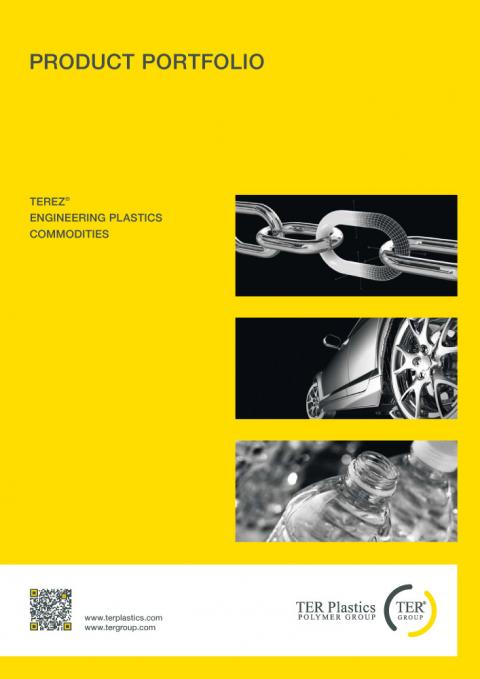Plastics and Drinking Water
Water plays a key role in our daily lives. Clean water is a staple food and essential for every human being. The components intended for contact with water are subject to stringent regulations and controls to ensure clean water. In addition to the hygienic and microbial aspects materials must comply with other technical requirements such as strength, corrosion and chemical resistance.
The TER Plastics POLYMER GROUP has a wide portfolio of plastics for use in drinking water applications. The range includes materials that are approved for contact with hot and cold water. Engineering plastics possess low migration values, neutral taste and corrosion resistance. Their high mechanical property profiles lead to optimum solutions in the household and sanitary sector.

POM – Duracon®, Tarnoform® CE
Polyoxymethylene (POM), also known as polyacetal, is a semi-crystalline soft plastic. As an engineering plastic POM is particularly being used for precision parts due its high stiffness, low friction and excellent dimensional stability. POM absorbs very little water thus the physical properties of the moldings only change slightly. The good chemical resistance and low water absorption make POM ultimately suitable for use in contact with food and drinking water. The DURACON products distinguish themselves by their global certification for drinking water applications.
PA66 – Technyl®
Polyamide 66 is a semi-crystalline soft plastic with a balanced property profile. It combines high chemical resistance with excellent mechanical properties. Technyl A218 W V30 is used in many applications in the sanitary sector.

PA66 + 6I/6T – TEREZ® G T3
TEREZ GT3 is a semi-crystalline, partially aromatic construction material for metal replacement. It combines highest strength and stiffness with excellent surface quality and chemical resistance. These properties are only marginally affected by water absorption. The TEREZ GT3 W-Series is physiologically safe and can be used in direct contact with drinking water.
For the approval of prefabricated parts in contact with drinking water, there are various national directives worldwide. The scope of testing includes possible contamination of the water with hazardous substances, sensory tests, but also the growth of bacteria. Key tests include:
Germany
- KTW (Kontakt mit Trinkwasser = contact with drinking water)
- DVGW (Deutscher Verein des Gas- und Wasserfaches =
German Association for gas and water applications) - W270 – Determination of microbial growth
France
- ACS (Accreditation de Conformite Sanitaire = contact with drinking water)
- AFNOR XPP 41-250
Great Britain
- WRAS (Water Regulation Advisory Scheme)
- British Standard BS 6920
USA
- NSF 61 (National Sanitation Foundation)




